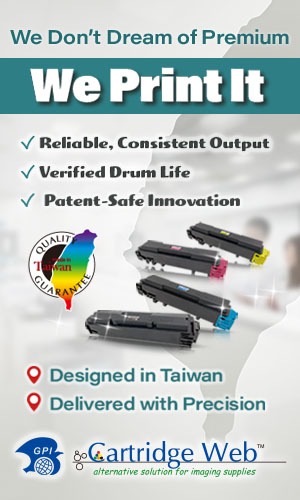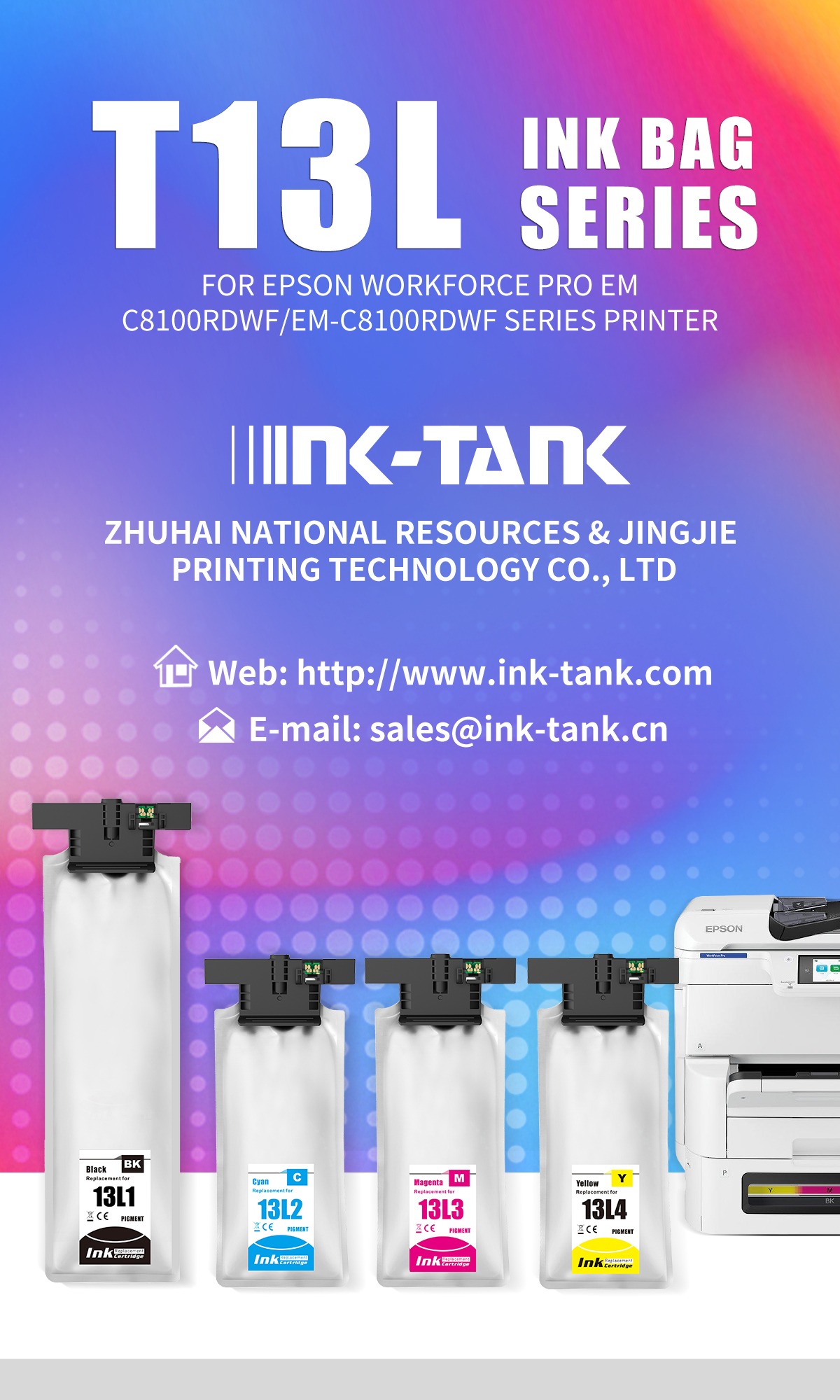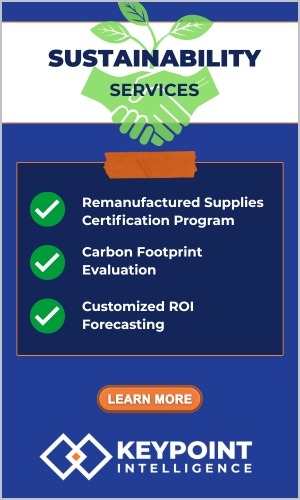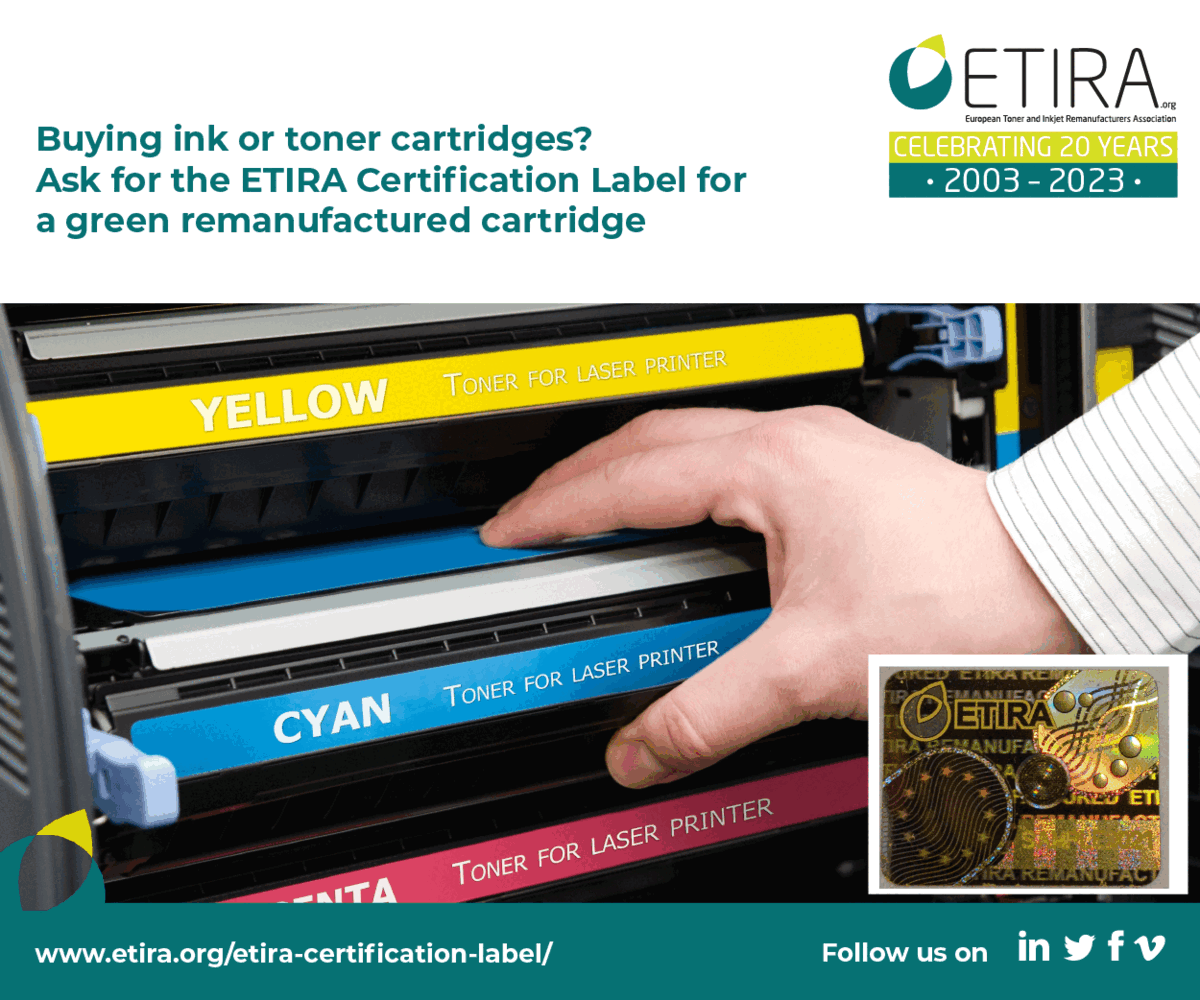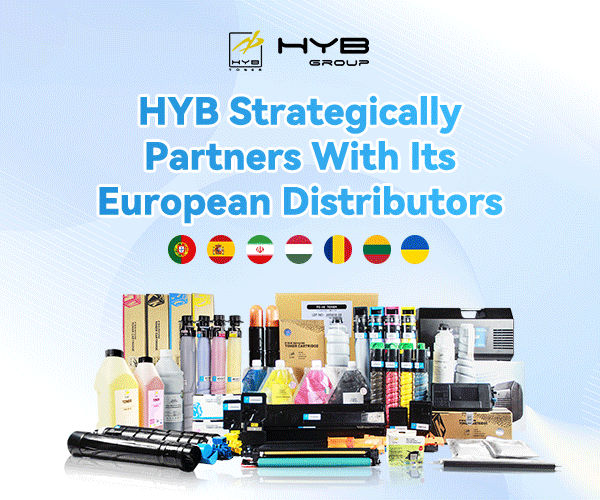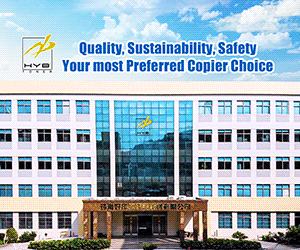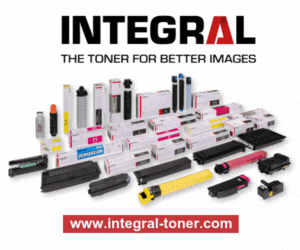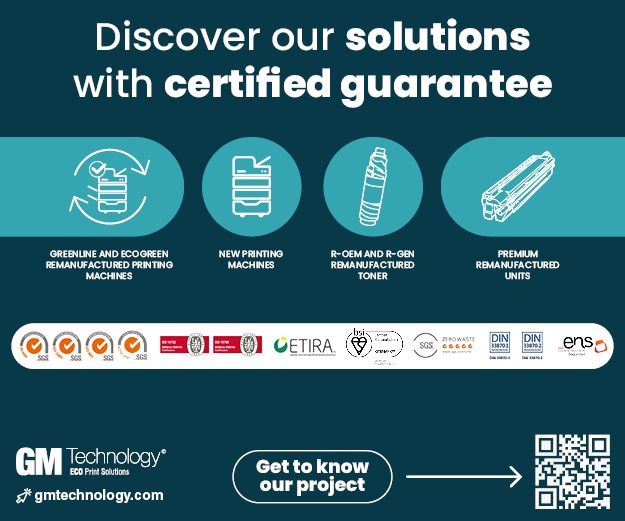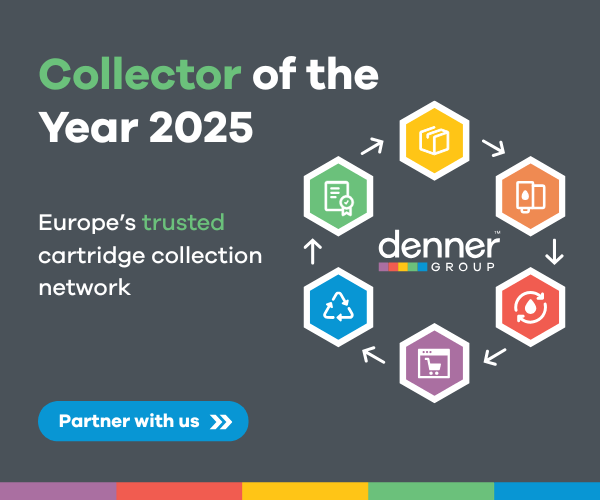 As Japanese printer OEMs accelerate their shift towards circular business models, the remanufacturing sector must respond — not just to keep pace, but to lead.
As Japanese printer OEMs accelerate their shift towards circular business models, the remanufacturing sector must respond — not just to keep pace, but to lead.
By Koichi Yoshizuka, CEO, QRIE Ltd.
In the face of tightening environmental regulations and a shrinking market for office printing, Japanese OEMs are accelerating their sustainability efforts. Recent moves by Brother, Canon and Fujifilm Business Innovation reflect a serious commitment to circular economy principles, from packaging redesign to full-fledged reuse programmes for devices and cartridges.
Brother Industries has started shipping printers in Europe using pulp-moulded packaging made from recycled paper, replacing traditional polystyrene foam. Developed using proprietary simulation technology, the new packaging offers the same protection, while reducing CO₂ emissions by over 60% and cutting manufacturing costs by more than 20%. It’s a direct response to the EU’s forthcoming Packaging and Packaging Waste Regulation (PPWR), expected to come into force in 2026.
More significantly, Brother is now remanufacturing liquid ink cartridges, a rare initiative in the industry given the structural complexity of ink tanks. Used cartridges are collected in the UK, disassembled, cleaned, tested and refilled with new ink. It’s a closed-loop model few others have achieved.
Canon, meanwhile, began selling inkjet printers in April using scrap iron supplied by Tokyo Steel. The company has also introduced a remanufactured A3 laser MFP model, built with over 90% reused parts by weight. Canon has been active in remanufacturing since 1992 and aims to raise its overall resource circulation rate to 50% by 2030, up from just 16% in 2022.
Fujifilm Business Innovation will open a new remanufacturing facility in the Philippines in 2026, serving as a regional hub for collecting and refurbishing multifunction devices. The company plans to reduce its “new resource input rate” — the share of fossil fuels and virgin materials, to below 60% by 2030 (from 83% in FY2023).
These developments mark a shift in strategy. Sustainability is no longer a secondary concern for OEMs. Tougher regulations — such as the EU’s Ecodesign for Sustainable Products Regulation (ESPR) and revised EPEAT standards in North America, are pushing manufacturers to integrate circularity into core business operations.
As someone who has spent decades in the Japanese office supplies industry, and now leads QRIE Ltd., I observe these trends with both admiration and a sense of urgency. The OEMs are embracing the circular economy not just rhetorically, but with concrete investment and innovation. And they’re closing the gap.
For the remanufacturing industry, this presents both a challenge and an opportunity.
We have long positioned ourselves as sustainability pioneers — often ahead of regulation, and well ahead of OEMs. But with the bar now rising, we must go further. That means leading not just with good intentions, but with measurable impact. We need to invest in smarter cartridge recovery systems, greener packaging, and verifiable CO₂ reductions, areas where we can still outperform the OEMs.
Of course, these steps require capital, know-how, and long-term commitment. But if we are to thrive in a market where sustainability is no longer optional, we must act decisively.
Now is the time to reaffirm our leadership. Not just because it makes business sense, but because it’s the right thing to do.









